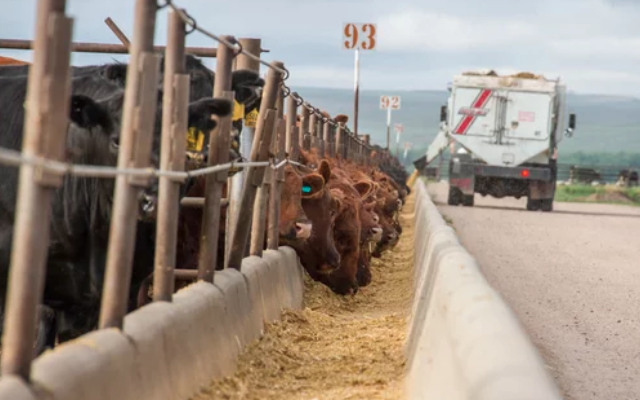Liquidation of the United States beef herd could continue for the next 18 months, Meat Industry Association chief executive Sirma Karapeeva says.
Drought is impacting about a third of the lower 48 states in the US, causing farmers to reduce herds. Karapeeva, who has just returned from the US, said this creates opportunities for New Zealand exporters.
By January the US beef herd is expected to be 2.7% lower than a year earlier, leading to less production than was achieved in 2023.
This is being offset by higher pork and chicken production.
It is forecast that by 2025 supplies of red meat and poultry will be at similar levels to 2019.
The US beef herd is expected to start rebuilding from about 2025 and take several years to reach completion.
Karapeeva said there is soft demand for high value cuts from white-tablecloth restaurants, but demand is steady from fast-food outlets.
She said US consumer spending is above pre-covid levels, though confidence is low.
“Consumers are looking for value at retail, often buying on promotion and switching to more discount retail chains.”
Demand for beef remains reasonably steady but by 2025 it is forecast that total meat consumption per capita will decrease from 273 pounds (124kg) to 270lbs (122kg).
She said NZ’s export quota to the US has not been filled for several years and provides exporters with a significant opportunity to boost exports.
Competition from South American beef producers will be tempered by its quota system, which operates on a first come, first served basis and which Brazil has tended to dominate.
On one hand lamb is struggling to gain traction in the US, where it has been considered an old-fashioned meat, but the growth of diverse ethnic restaurants is opening new markets and consumers she said.
“Maybe a challenge for us is to target those chefs and consumers which fit their styles, away from Eurocentric cooking.”
There is also a need to treat the US as multiple markets with multiple demands and requirements.
“We can’t be complacent and think one group of consumers represents the US.”
Karapeeva said inflation has pushed red meat prices up 33% on average, which is prompting consumers to trade down to cheaper cuts, and to chicken and pork.
“As returns fall, NZ red meat exporters need to fight harder to keep red meat on the shopping lists. If don’t, we will lose the opportunity.”










